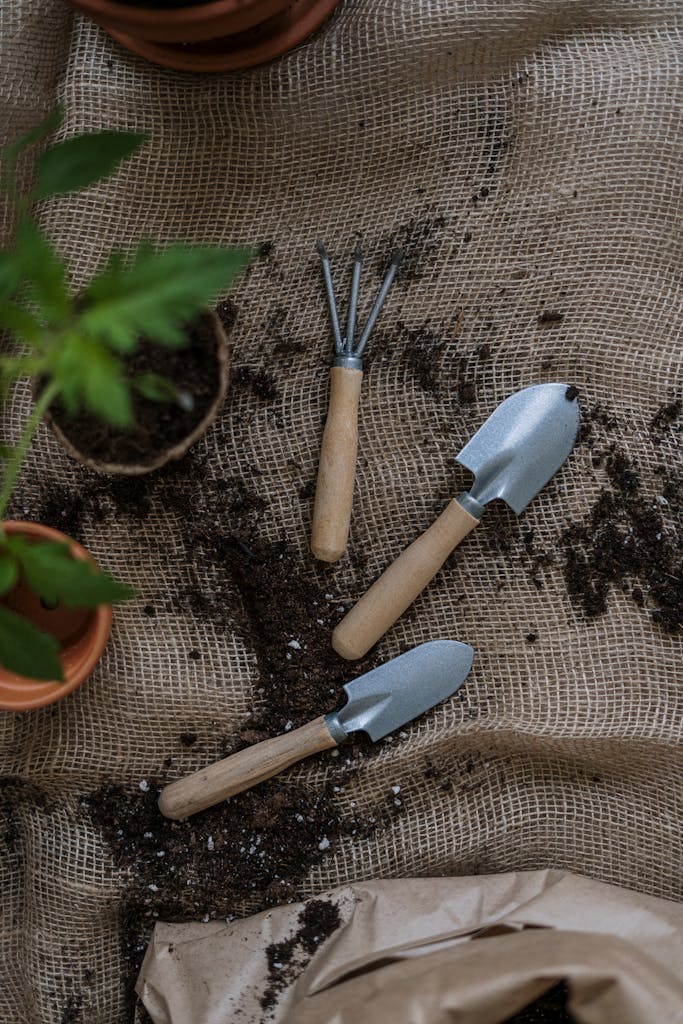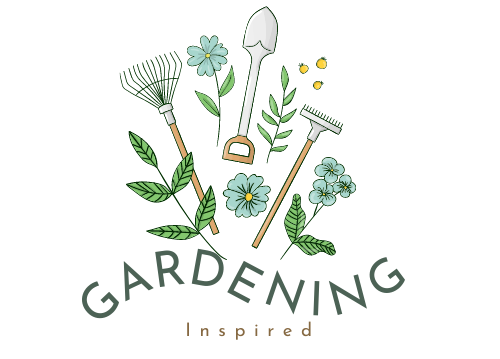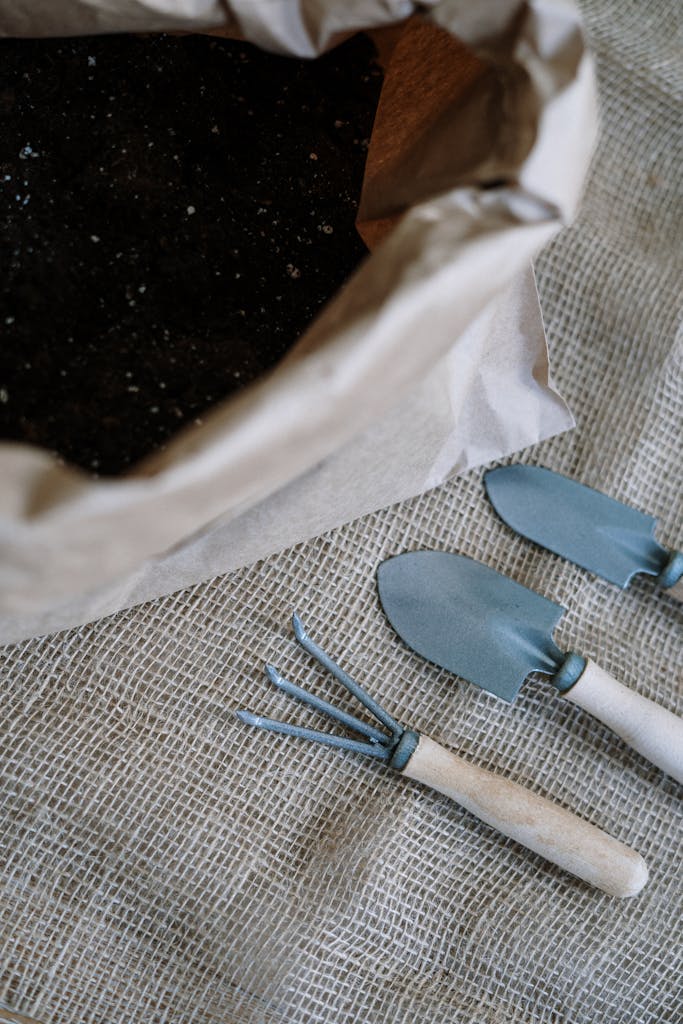5 Must-Have Gardening Tools for Every Green Thumb.
So you’ve decided to start gardening. You’ve got the seeds, the excitement, maybe even a vision board full of thriving veggie beds and overflowing flower pots. But here’s the thing most beginners don’t realize: the tools you use can make or break your gardening experience.
The right tools don’t just save time, they save your back, your hands, and your patience. They’re the difference between enjoying a sunny afternoon planting tomatoes and wrestling with stubborn soil using the wrong gear.
If you’ve been wondering where to start without buying every shiny tool in the store, this guide is for you. These five must-haves are the backbone of any gardener’s toolkit, whether you’re working with a backyard, a balcony, or a few containers on your porch.

1. A Solid Pair of Gardening Gloves
Let’s start with the obvious: gloves. If you think you can garden without them, you’ll quickly change your mind after your first run-in with thorns, splinters, or stubborn weeds. Gloves protect your hands from cuts, blisters, and dirt while giving you the confidence to dig in without hesitation.
What to look for:
- Snug but comfortable fit
- Breathable fabric (cotton or nitrile for summer)
- Durable palms for handling rough materials
- Long cuffs if you’re working with roses or thorny plants
Pro tip: have more than one pair. Keep lightweight gloves for everyday gardening and heavy-duty leather ones for tough jobs.
2. A Hand Trowel
This is your go-to tool for planting, transplanting, and digging in tight spaces. A hand trowel feels like an extension of your hand once you get used to it. Whether you’re scooping soil into pots, planting bulbs, or digging out weeds, you’ll reach for this tool constantly.
What to look for:
- A sturdy, rust-resistant blade
- A comfortable grip (rubberized handles save your wrists)
- Solid construction (avoid flimsy ones that bend in hard soil)
Think of the trowel as your gardening sidekick—you’ll use it more than almost anything else.
3. Pruning Shears (Secateurs)
Plants need regular trims to stay healthy, and your kitchen scissors won’t cut it (literally). A sharp pair of pruning shears makes it easy to snip dead stems, shape shrubs, and harvest herbs or veggies without damaging the plant.
What to look for:
- Bypass shears (like scissors) for live plants
- Anvil shears for tougher, woody stems
- Sharp blades and an easy-lock mechanism for safety
- Ergonomic handle if you’ll be using them often
Pro tip: keep them clean and sharp. Dull blades crush stems instead of cutting them cleanly.
4. A Watering Can or Hose with a Spray Nozzle
Watering might sound simple, but it’s surprisingly easy to overdo or underwater your plants. That’s why having the right tool matters.
- Watering can: Perfect for container gardens, indoor plants, or small spaces. Look for one with a removable spout for controlled watering.
- Hose with spray nozzle: Best for larger gardens. Choose a nozzle with multiple spray settings so you can water seedlings gently and give established plants a good soak.
Consistent watering is the #1 factor in plant survival, so this tool is non-negotiable.
5. A Garden Fork or Hoe
At some point, you’ll need to loosen compacted soil, turn compost, or dig out stubborn weeds. A sturdy garden fork or hoe makes these bigger jobs easier and saves you from fighting with a shovel.
What to look for:
- Strong metal tines that won’t bend
- A handle length that matches your height (to avoid back strain)
- Lightweight enough to maneuver but sturdy enough for heavy work
This is the tool that takes you from casual planting to actually managing your soil and space like a pro.
Bonus Tools Worth Considering
Once you’ve got the basics, you can expand your collection:
- Wheelbarrow: For moving soil, compost, or heavy pots.
- Garden rake: For leveling soil and clearing leaves.
- Kneeling pad or bench: To save your knees during long planting sessions.
- Plant labels: So you don’t forget which seedlings are which (we’ve all been there).
Caring for Your Tools
The best way to make your tools last? Take care of them. A quick rinse, a dry cloth, and storing them in a shed or bin keeps rust and wear at bay. Sharpen blades once in a while, and oil moving parts if needed. A little maintenance goes a long way.
Common Beginner Questions
Do I need all of these tools right away?
Start with gloves, a trowel, and a watering can. Add pruning shears and a fork as your garden grows.
Are expensive tools worth it?
Usually yes—cheap tools break quickly. Think of them as an investment you’ll use for years.
Can I use kitchen tools instead?
Technically… but they won’t last, and you’ll probably ruin them. Gardening tools are designed for the job.
What’s the easiest way to store tools?
A bucket, wall hooks in a shed, or even a large tote bag can work. Just keep them dry.
Wrapping It Up
Gardening doesn’t require a whole arsenal of equipment, but a few must-haves make the work so much easier (and way more enjoyable). Start with these five essentials—gloves, a trowel, pruning shears, a watering solution, and a soil tool like a fork or hoe—and you’ll have everything you need to dig in with confidence.
Once you’ve got the basics, you can expand your collection over time. But even with just these five, you’ll be amazed at how much you can grow, no matter the size of your space.
So grab your tools, head outside, and start planting. Your green thumb is about to get a whole lot stronger.


